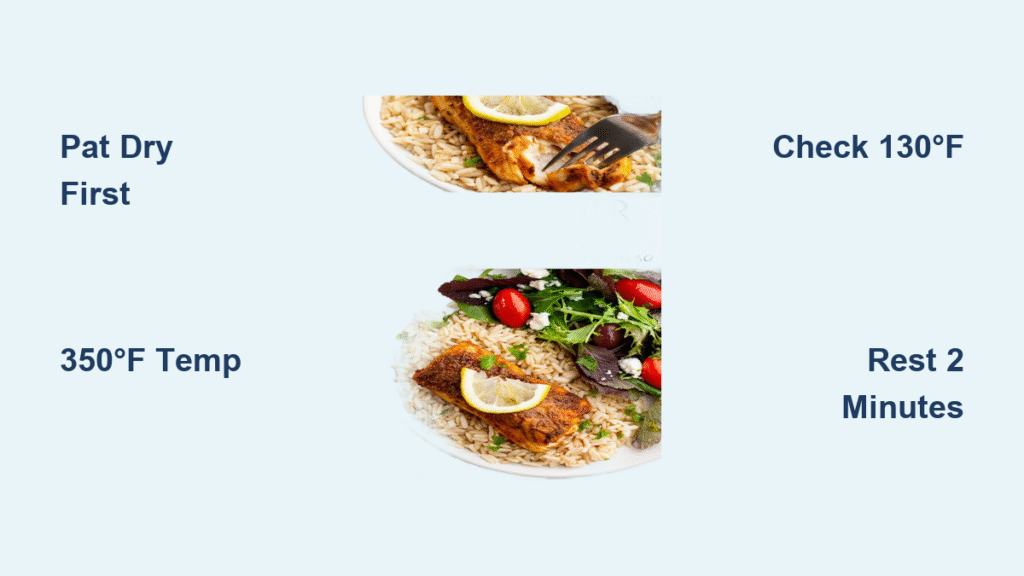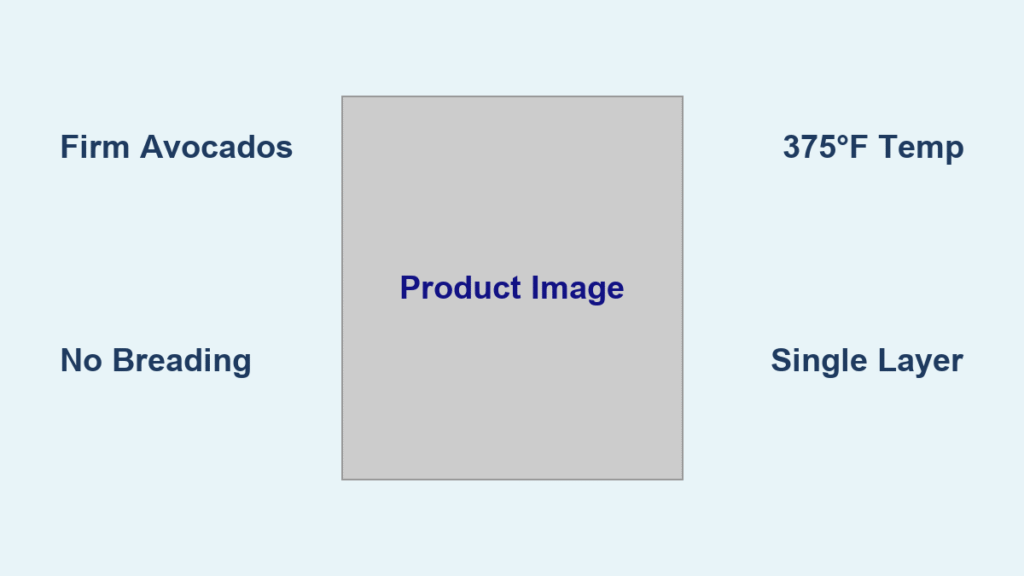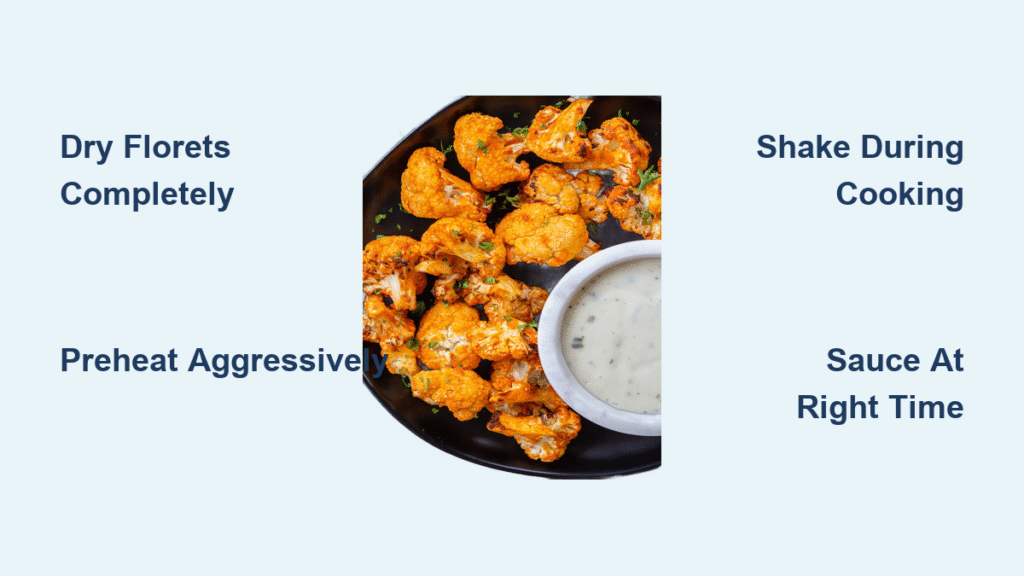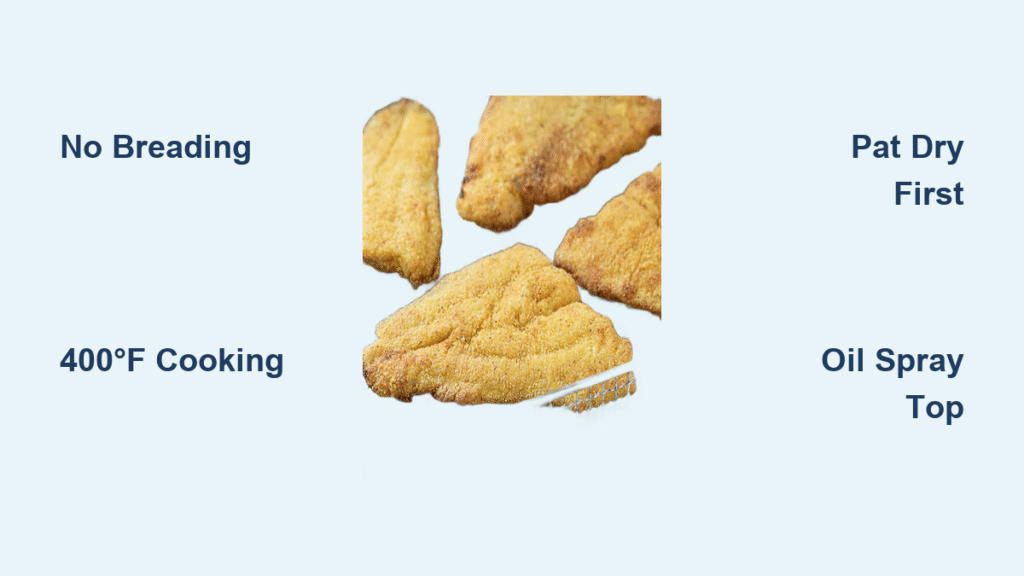Halibut’s reputation for drying out with a single minute of overcooking makes it a kitchen nightmare—until you try your air fryer. This lean white fish transforms under the air fryer’s rapid, even heat, delivering restaurant-quality results with a crisp exterior and buttery interior in under 15 minutes. Whether you’re wrestling with frozen fillets from your freezer stash or fresh cuts from the market, this method guarantees moist, tender halibut every time. You’ll learn exact temperatures for your specific fillet thickness, foolproof seasoning combos, and how to avoid the #1 mistake that turns premium fish into rubber.
Skip the greasy pans and unpredictable ovens—your air fryer’s precision heat solves halibut’s delicate cooking challenge. In this guide, you’ll master cooking fresh or frozen halibut to perfect flakiness, discover 3 crave-worthy crust variations, and repurpose leftovers like a pro chef. No more guesswork: we’ve tested every variable from altitude adjustments to thawing shortcuts so you can cook halibut in air fryer with confidence tonight.
Why Air Fryer Heat Prevents Dry Halibut Every Time
Traditional pan-searing often steams halibut instead of crisping it, while ovens dry out this lean fish before it cooks through. The air fryer’s 360° rapid circulation creates a dry-heat environment that sears the surface instantly—locking in moisture while cooking 30% faster than conventional methods. Crucially, it avoids the “danger zone” where halibut’s proteins tighten and expel liquid (starting at 120°F). When you cook halibut in air fryer at the right temperature, you get a golden crust without overcooking the center.
How Thickness Dictates Your Cooking Strategy
Your fillet’s thickness directly controls the temperature and time needed:
– ½-inch fillets (like thin-cut market specials) cook at 350-360°F for 5-6 minutes fresh
– 1-inch “standard” cuts (most common) need 350-375°F for 6-8 minutes
– Thick steaks (1.5-2 inches) require 360-400°F for 8-12 minutes to crisp the surface before heat penetrates the center
Critical Visual Cues During Cooking
Watch for these signs instead of relying solely on timers:
– Perfect doneness: Flesh turns opaque white with slight translucency in the very center
– Overcooked warning: Fish pulls apart with minimal pressure and looks chalky
– Undercooked signal: Shiny, translucent streaks remain near the bone
Picking Air Fryer-Ready Halibut Fillets

Wild Alaskan vs. Farm-Raised: What Actually Matters
Wild Alaskan halibut delivers superior results due to its denser muscle structure from ocean swimming. Avoid dull, yellowing flesh or dry edges—these indicate age and guarantee dryness in the air fryer. For best texture, choose 1-inch thick fillets weighing 5-8 ounces; thicker cuts risk uneven cooking unless you adjust temperatures.
Thawing Frozen Halibut Without Texture Damage
Never thaw halibut on the counter—this creates a “mushy zone” where bacteria thrive. Instead:
1. Submerge vacuum-sealed packages in cold water for 30-45 minutes (change water every 15 minutes)
2. Pat COMPLETELY dry with paper towels—any surface moisture prevents browning
3. For immediate cooking, use the frozen shortcut protocol (detailed later)
Air Fryer Basket Setup That Prevents Sticking

Basket Prep: The Non-Stick Secret They Don’t Tell You
Lightly coat your basket with olive oil spray (not aerosol propellant sprays like Pam, which eat away at non-stick coatings). For delicate fillets, line the basket with perforated parchment paper—this creates a barrier while allowing air circulation. Never overcrowd; leave ½-inch space between fillets or cook in batches.
Why a Digital Thermometer Isn’t Optional
Halibut goes from perfect to dry in 60 seconds. Insert an instant-read thermometer into the thickest part:
– 130-135°F: Medium (ideal for flakiness)
– 140°F: Medium-well (still moist)
– 145°F: USDA safe point (firmer texture)
Pull fillets 5°F below your target temp—they’ll carry overcook during resting.
Step-by-Step: Basic Air Fryer Halibut in 8 Minutes
Perfect Timing for 1-Inch Fillets
- Dry thoroughly: Blot both sides with paper towels until no moisture transfers
- Oil lightly: Brush with ½ tsp avocado or olive oil (avocado has higher smoke point)
- Season simply: ½ tsp kosher salt, ¼ tsp pepper, ½ tsp garlic powder
- Preheat: 3 minutes at 350°F—skipping this causes uneven browning
- Cook skin-side down: Arrange in single layer; cook 6-8 minutes at 350°F
- Test early: Check at 5 minutes for thin fillets; insert fork at 130°F
Troubleshooting Undercooked Centers
If the center looks translucent at the minimum time:
– Increase temp to 375°F for the remaining cook time
– Flip fillets to expose thicker sections to direct heat
– Cover with foil if exterior browns too fast before center cooks
Crispy Parmesan-Herb Crust That Never Falls Off
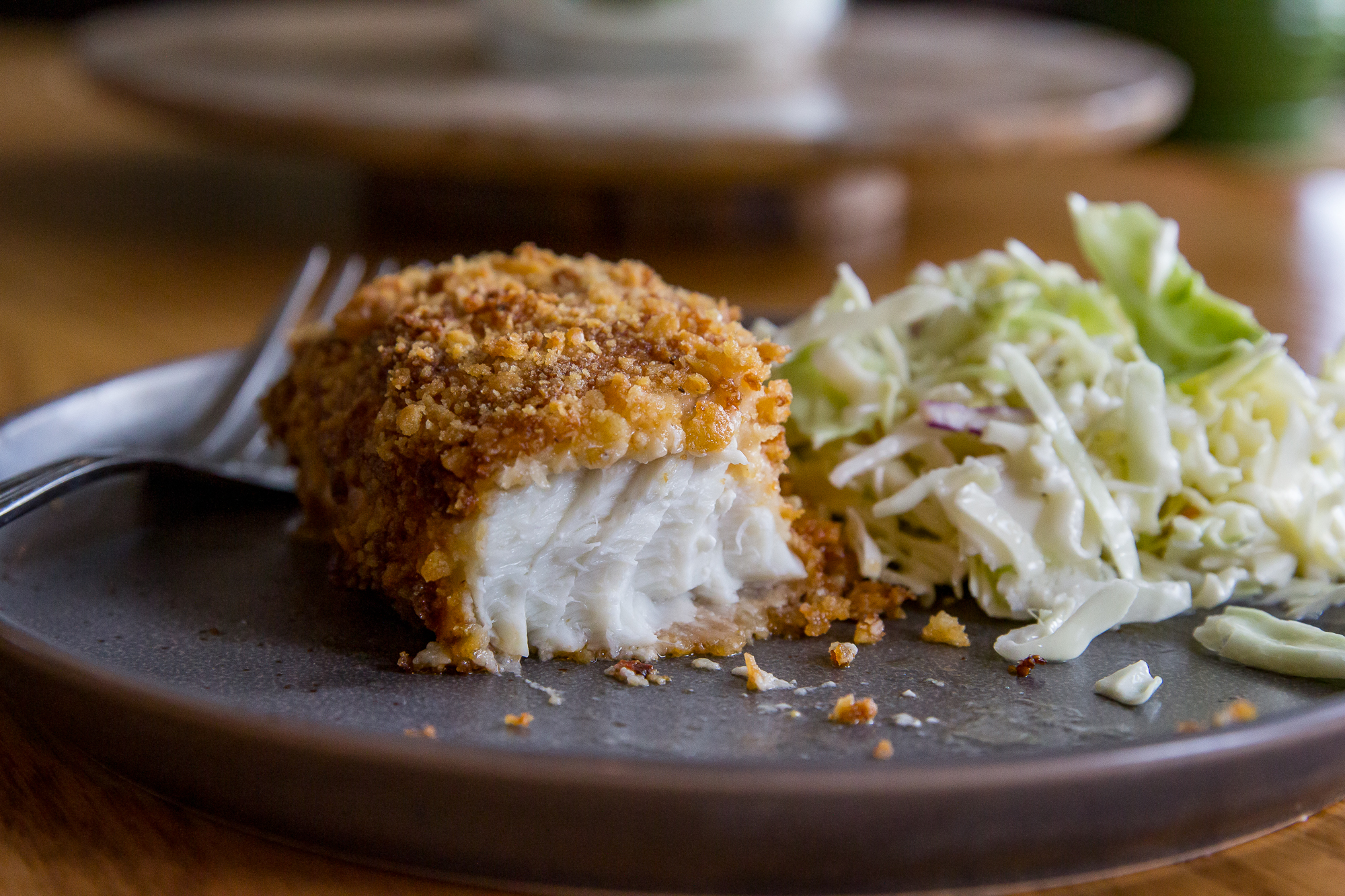
The Binding Trick for Flaky Fish
Mix 2 tablespoons grated Parmesan into your dry rub, then press firmly onto oiled fillets. The cheese’s umami enhances halibut’s mild flavor while creating a crust that adheres through cooking. Critical step: Top each fillet with a lemon slice during the last 2 minutes—the citrus steam prevents cheese from burning.
Why This Variation Works at Higher Heat
Cook at 360°F for 8.5-10 minutes because:
– Cheese requires extra heat to crisp without drying fish
– Lemon slices release moisture that keeps the center tender
– The 30-second lemon addition prevents bitter char
Frozen Halibut Air Fryer Shortcut: Skip Thawing
Foolproof Frozen-to-Crispy Method
- Place unseasoned frozen fillets in the basket
- Cook at 350°F for 4 minutes to gently thaw the surface
- Open basket, brush with oil, and apply seasoning
- Continue cooking: 5-7 more minutes for 1-inch fillets
This prevents the “ice barrier” that blocks seasoning absorption when thawed improperly.
High-Altitude Adjustments (Denver and Above)
Add 1 minute to cook time but start checking 2 minutes early—thinner air reduces heat transfer efficiency, causing rapid overcooking once the fish thaws. Use the 4-minute thaw step to assess doneness visually.
3 Air Fryer Mistakes That Ruin Halibut
Overcrowding: The Silent Texture Killer
Cooking multiple fillets touching creates steam pockets that prevent crisping. Fix: Arrange in a single layer with ½-inch space between pieces. For large batches, hold finished fillets on a wire rack in a 200°F oven while cooking the next batch.
Wrong Oil Choices That Cause Bitter Smoke
Spraying aerosol oils (Pam, etc.) leaves chemical residues that burn at air fryer temps. Use instead:
– Avocado oil spray (smoke point 520°F)
– Brushed olive oil (for temps under 375°F)
– Grapeseed oil for high-heat panko crusts
Skipping the Rest: Why Your Fish Dries Out Post-Cook
Halibut continues cooking from residual heat for 2-3 minutes after removal. Always rest on a warm plate for 2 minutes—this allows juices to redistribute. Never cover with foil; trapped steam softens your crisp exterior.
Leftover Halibut Rescue: Reheat Without Rubbery Texture
Air Fryer Reheating Protocol
- Preheat to 320°F
- Place cold fillets in single layer
- Heat 2-5 minutes until internal temp hits 130°F
This method reheats 3x faster than ovens while preserving texture. Never microwave—it coagulates proteins into rubber.
Leftover Transformation Ideas
- Fish tacos: Flake into warm corn tortillas with mango salsa and lime
- Pasta upgrade: Toss with linguine, cherry tomatoes, and extra chimichurri
- Salad booster: Add to arugula with shaved fennel and lemon vinaigrette
Perfect Side Dishes That Complement Air Fryer Halibut
Low-Carb Partners Cooked in the Same Basket
Add these during the last 5-7 minutes of cooking:
– Asparagus spears tossed with lemon zest
– Broccoli florets with garlic powder
– Zucchini coins brushed with olive oil
Starch Pairings That Balance Mild Flavor
- Coconut rice (halibut soaks up the subtle sweetness)
- Roasted red potatoes with rosemary
- Cilantro-lime quinoa for protein-packed meals
Mastering how to cook halibut in air fryer means never settling for dry, overcooked fish again. With these precise temperature guides and crust variations, you’ll transform weeknight dinners into gourmet experiences in under 15 minutes. Remember the golden rule: pull halibut at 135°F for melt-in-your-mouth flakiness, and always pat fillets bone-dry before seasoning. For your next cook, try the crispy panko method at 400°F—it creates a restaurant-worthy crunch that contrasts perfectly with the tender interior. Whether you’re reviving frozen fillets or elevating fresh cuts, your air fryer is now halibut’s secret weapon.

